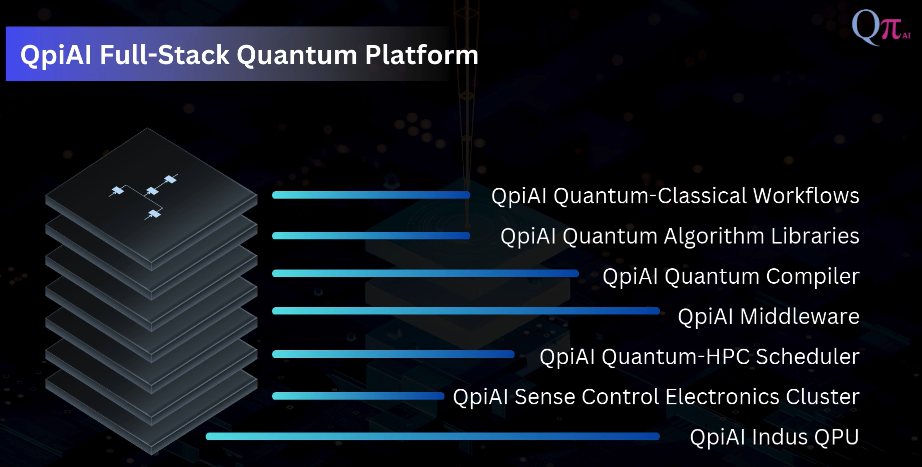NASA Harvest, a program commissioned by NASA in 2017, is the agency’s Global Food Security and Agriculture Consortium. Its mission is to leverage satellite Earth observation data and a broad network of public-private partnerships to improve food security and agricultural resilience across the globe. By providing timely and actionable insights, the consortium helps farmers, governments, and humanitarian organizations make informed decisions in the face of challenges like climate change, extreme weather, and market volatility [1, 2].
The program’s approach is highly collaborative, driven by the needs of its partners. NASA Harvest works with over 50 organizations, including universities, government agencies, non-governmental organizations (NGOs), and private companies like General Mills, Unilever, and CropX. This multidisciplinary consortium is led by researchers at the University of Maryland [1, 5].
Key Focus Areas and Impact
NASA Harvest’s work is concentrated in several key areas, demonstrating its wide-ranging impact:
- Early Warning Systems: The consortium provides crucial data for early warning and preemptive planning to prevent crop failures. By monitoring crop conditions globally, it enables decision-makers to anticipate and respond to food security threats [1].
- Disaster Response: The program provides rapid agricultural assessments following natural disasters and conflicts. For example, after Cyclone Freddy in Malawi, NASA Harvest used satellite data to quickly map the extent of the damage, which helped inform insurance payouts and relief efforts [3, 4].
- Agricultural Insurance: NASA Harvest uses satellite data to inform financial instruments, such as index-based insurance, which helps reduce vulnerability for smallholder farmers, particularly in developing countries where conventional insurance is often unfeasible due to high costs [3].
- Market Stability: By producing and disseminating accurate information on crop health and production, NASA Harvest promotes market stability and helps reduce price volatility. This is a key part of their contribution to the G20 GEOGLAM (Group on Earth Observations Global Agricultural Monitoring) Initiative [1, 6].
- Innovative Technologies: The consortium develops tools and models that integrate Earth observation data with artificial intelligence and machine learning. A notable project, OpenET, provides a web-based tool for water management in the western United States, helping farmers optimize irrigation [2]. Another example is a joint mission with the Indian Space Research Organisation (ISRO) called NISAR, which will provide a powerful data stream for monitoring crop growth and soil moisture [7].
A Partner in Global Solutions
Whether assessing crop production in Ukraine amidst conflict, mapping rice paddies in Nepal to aid farmers, or developing new tools for precision nutrient management, NASA Harvest’s work highlights the essential role of space technology in addressing Earth’s most pressing challenges [2, 4, 8]. By bringing together a diverse group of experts and partners, the consortium is helping to create a more resilient and sustainable global food system [5].
You can learn more about NASA Harvest in this video from an interview with NASA Program Manager Brad Doorn Get to know NASA Harvest & How they help all of Ag.
Citations
- NASA Harvest. “About Us.” https://www.nasaharvest.org/about-us
- NASA. “Agriculture – NASA Applied Sciences.” https://appliedsciences.nasa.gov/what-we-do/food-security-agriculture
- Virginia Tech News. “Out-of-this-world technology supports agricultural insurance initiatives with NASA Harvest partnership.” https://news.vt.edu/articles/2024/01/cals_nasa.html
- Food and Agriculture Organization of the United Nations. “From the soil to the stars.” https://www.fao.org/newsroom/story/From-the-soil-to-the-stars/en
- NASA. “NASA Harvest and CropX Partner to Support Sustainable Agriculture.” https://www.nasa.gov/earth/nasa-harvest-and-cropx-partner-to-support-sustainable-agriculture/
- NASA Harvest. “FAQs.” https://www.nasaharvest.org/faqs
- NASA. “NASA-ISRO Mission Will Map Farmland From Planting to Harvest.” https://www.nasa.gov/missions/nisar/nasa-isro-mission-will-map-farmland-from-planting-to-harvest/
- BIPR. “Assessing the Impact of War on Ukraine’s Agriculture from Space.” https://bipr.jhu.edu/events/4757-Assessing-the-Impact-of-War-on-Ukraines-Agriculture-from-Space-A-NASA-Harvest-As.cfm



